In general, Inverness is “Off the Beaten Path” for many visitors to Scotland. The great majority are found visiting the two major cities, (in alphabetical order) Edinburgh and Glasgow. It has been estimated that only about 10% take the trip to the “Capital of the Highlands”, Inverness. While the city does not have the size in population or area of the lowland cities mentioned, it and the surrounding area is as rich in historical tradition as one could hope. From the odd Clootie (Cloutie or Cloughtie) Well, to Loch Ness (with its (in)famous monster) and to the Battlefield of Culloden there is a wealth of material to engage the visitor.
This month we feature The Old High Church of Inverness. This building is located on the bank of the Ness River shortly after it flows past Inverness Castle and is on the same side of the river as the Castle. It is located appropriately enough between Church Street and Bank Street and is bounded by Friar’s Lane, just off the Greig Street Bridge.
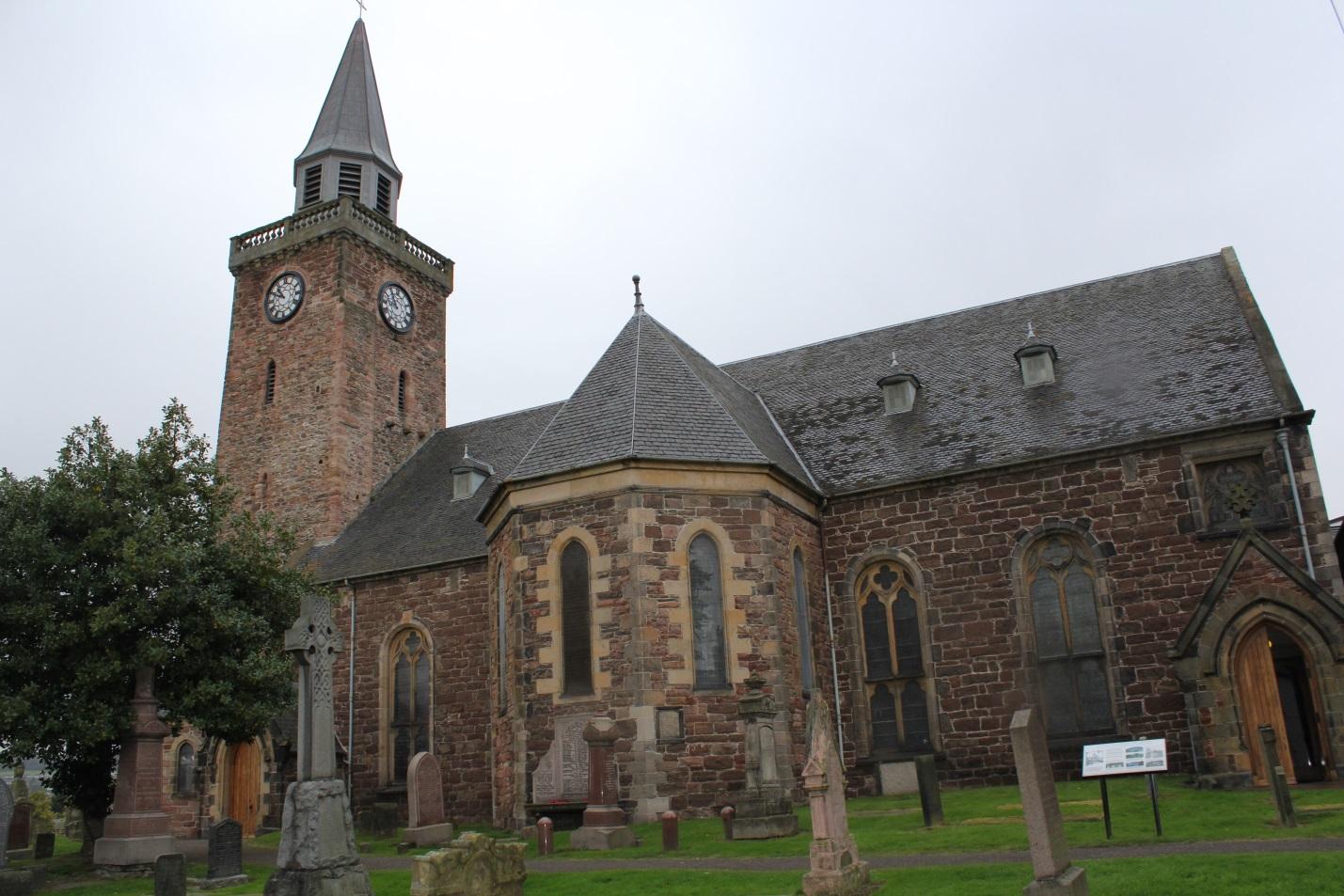
The site has been historically considered sacred back to earlier Celtic times. The church lays claim to the idea that it was founded by St. Columba who brought Christianity to Scotland. This is in a sense possible since it was typical of Christianity to build on top of pagan sites. The church as it exists at the moment is largely an 18th Century edifice.
In 1897 a daughter church called St. Stephens was erected and on the 30th of October in 2003 the two congregations united and services are held regularly in both buildings.
The cemetery found adjacent to the church contains materials relevant to the Battle of Culloden which took place nearby. There are 2 stones, nine paces apart which were used in executing Jacobite prisoners who were sequestered in the church.
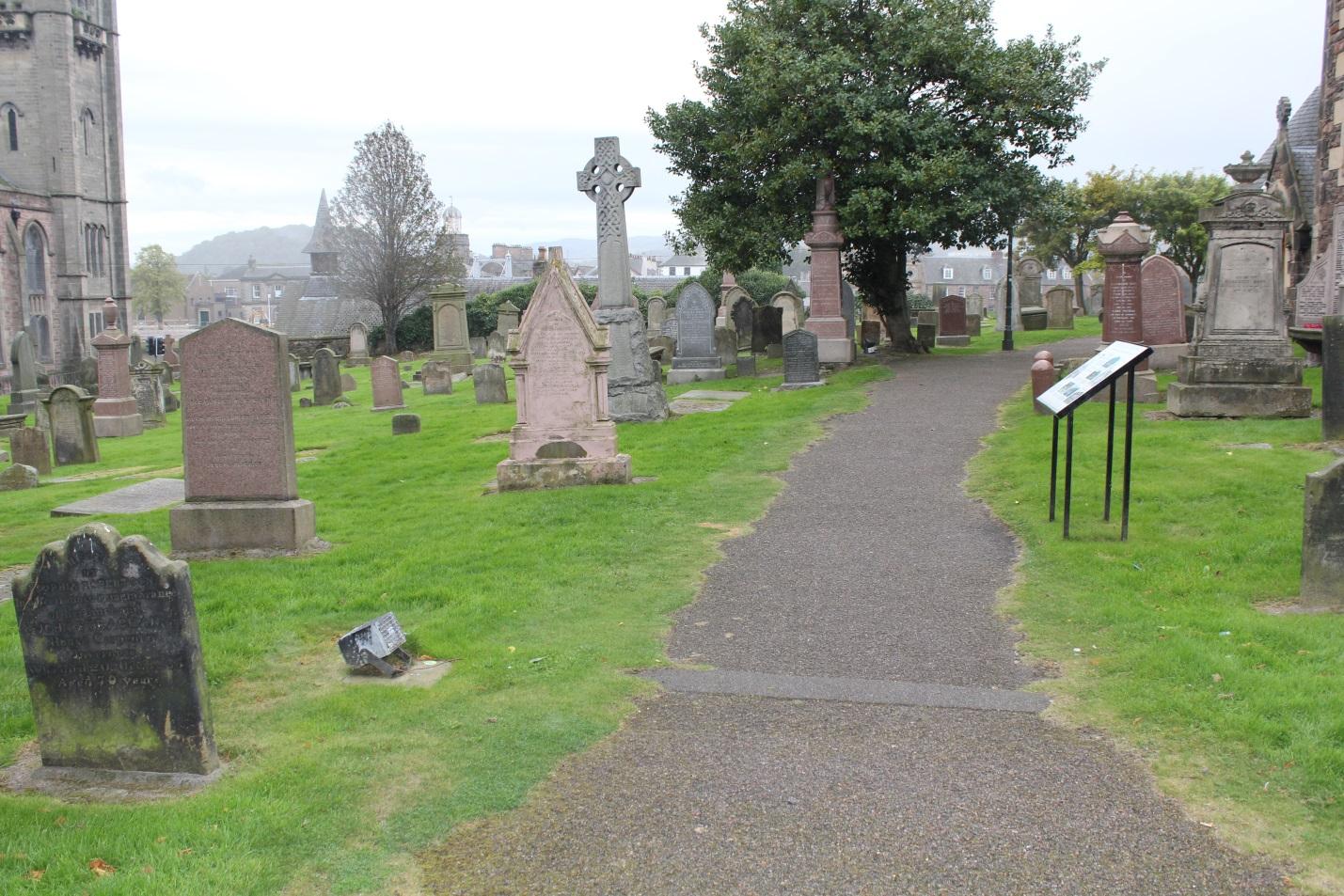
The photo below shows the stone which is believed to be the one where the condemned prisoners knelt with their arms in the grooves.
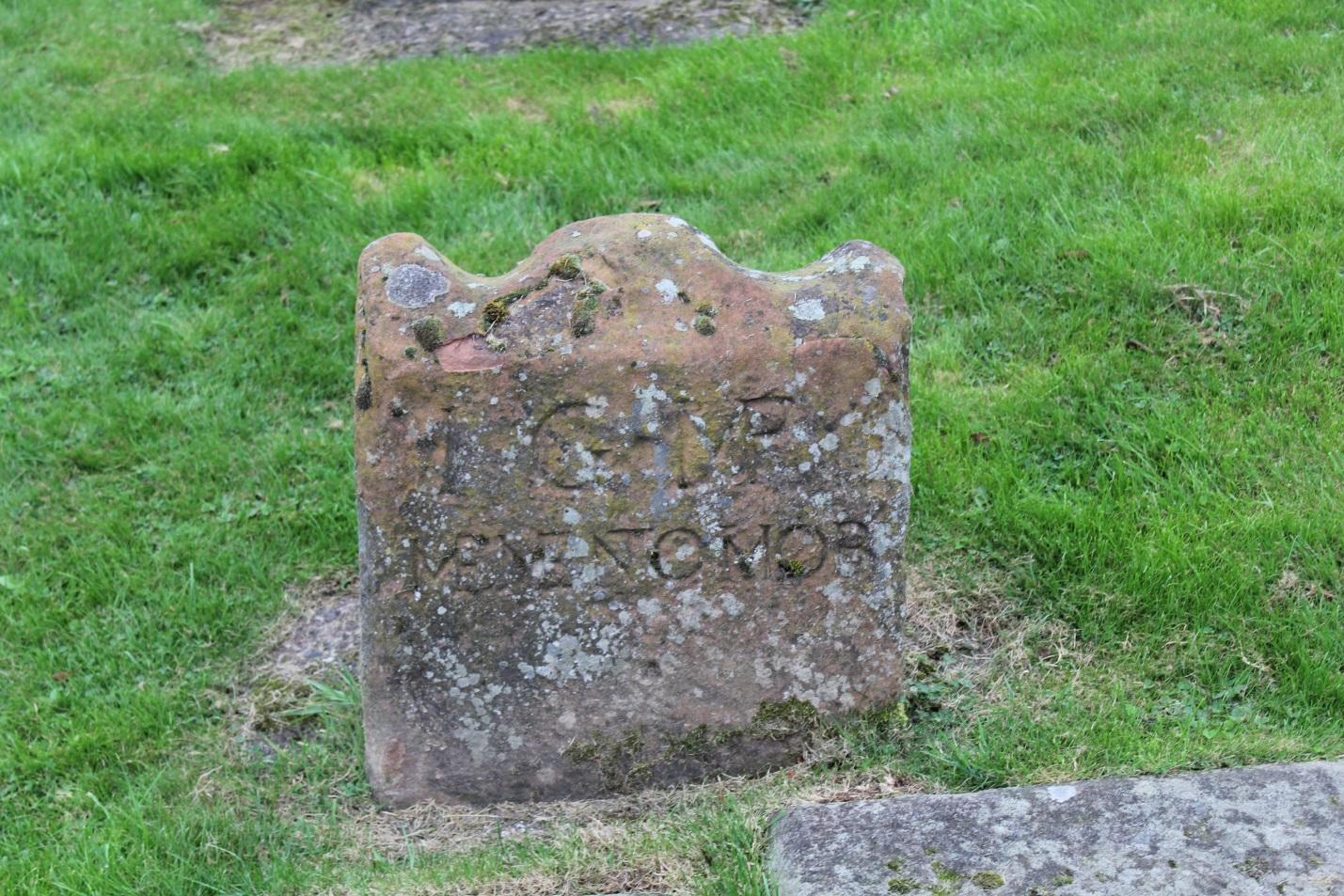
The stone with a single groove pictured below is thought to be the one where the rifle was placed in order assure the proper aim and was then fired at the condemned person.
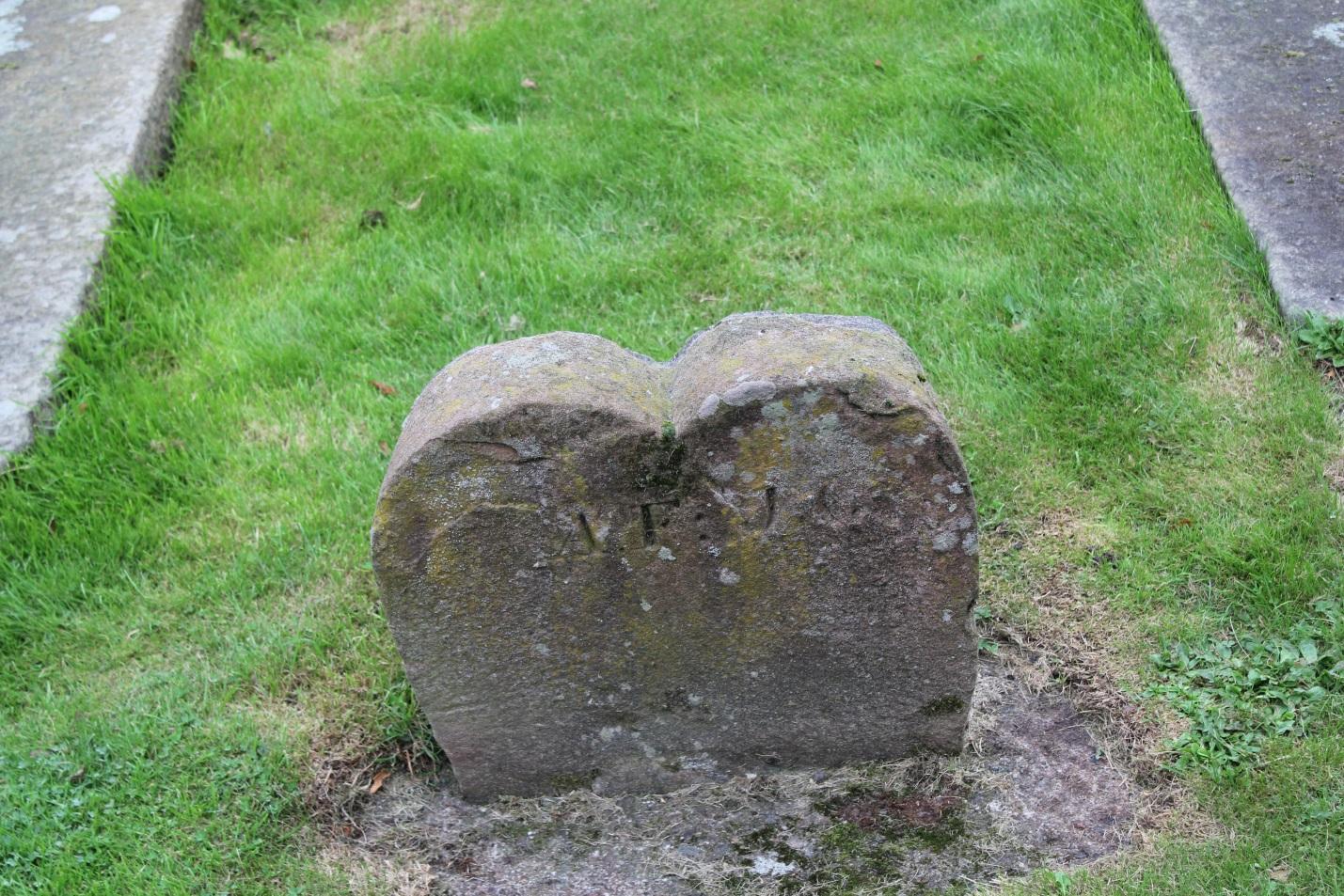
These are not the only marker of violence which can be found in the church. A plaque marking the murder of John Inglis, son of Hugh Inglis, by a band of ruffians in Charleston, South Carolina on April 8th 1781.
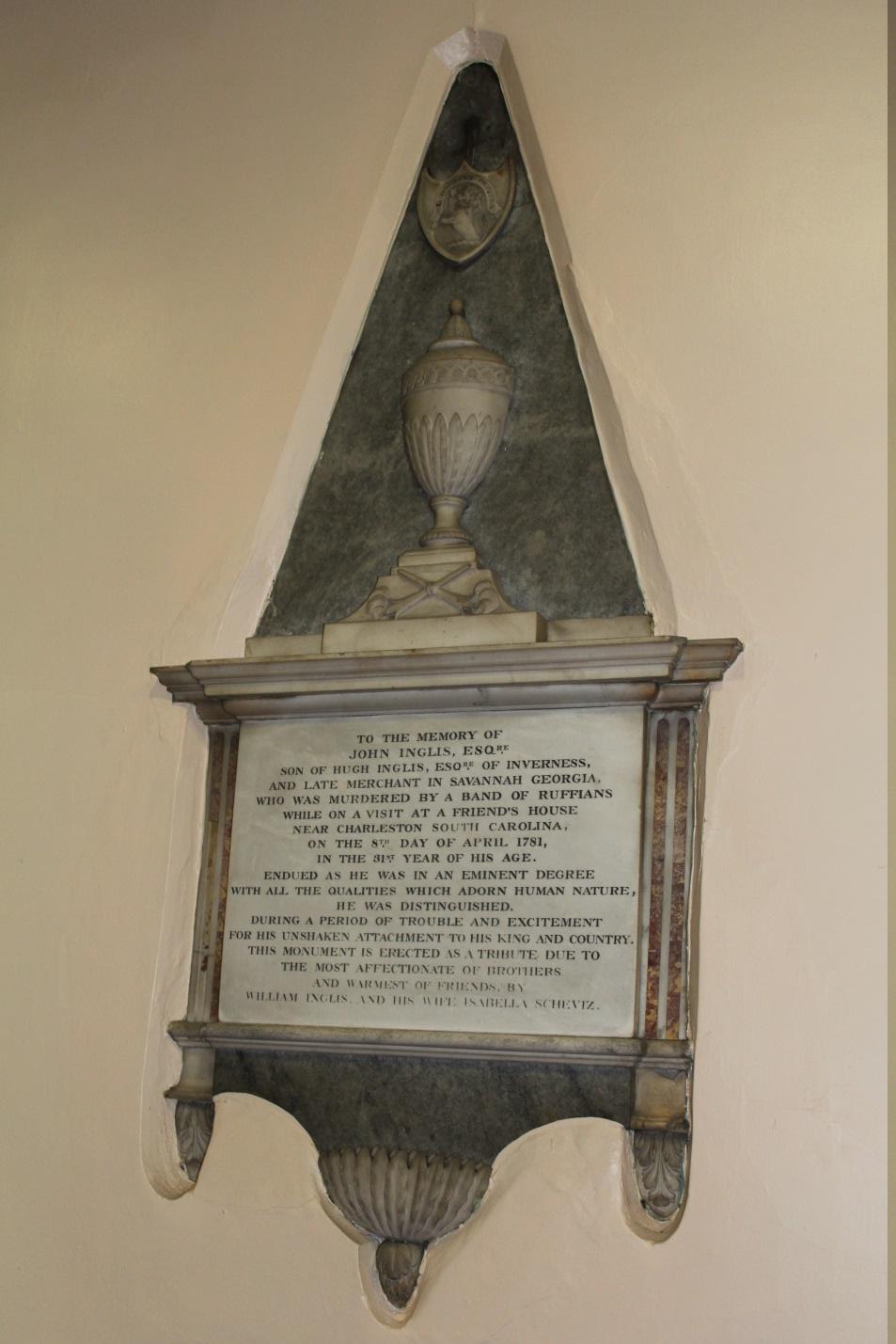
Among its notable features is the 1982 Father Willis Organ which was restored in 2010.
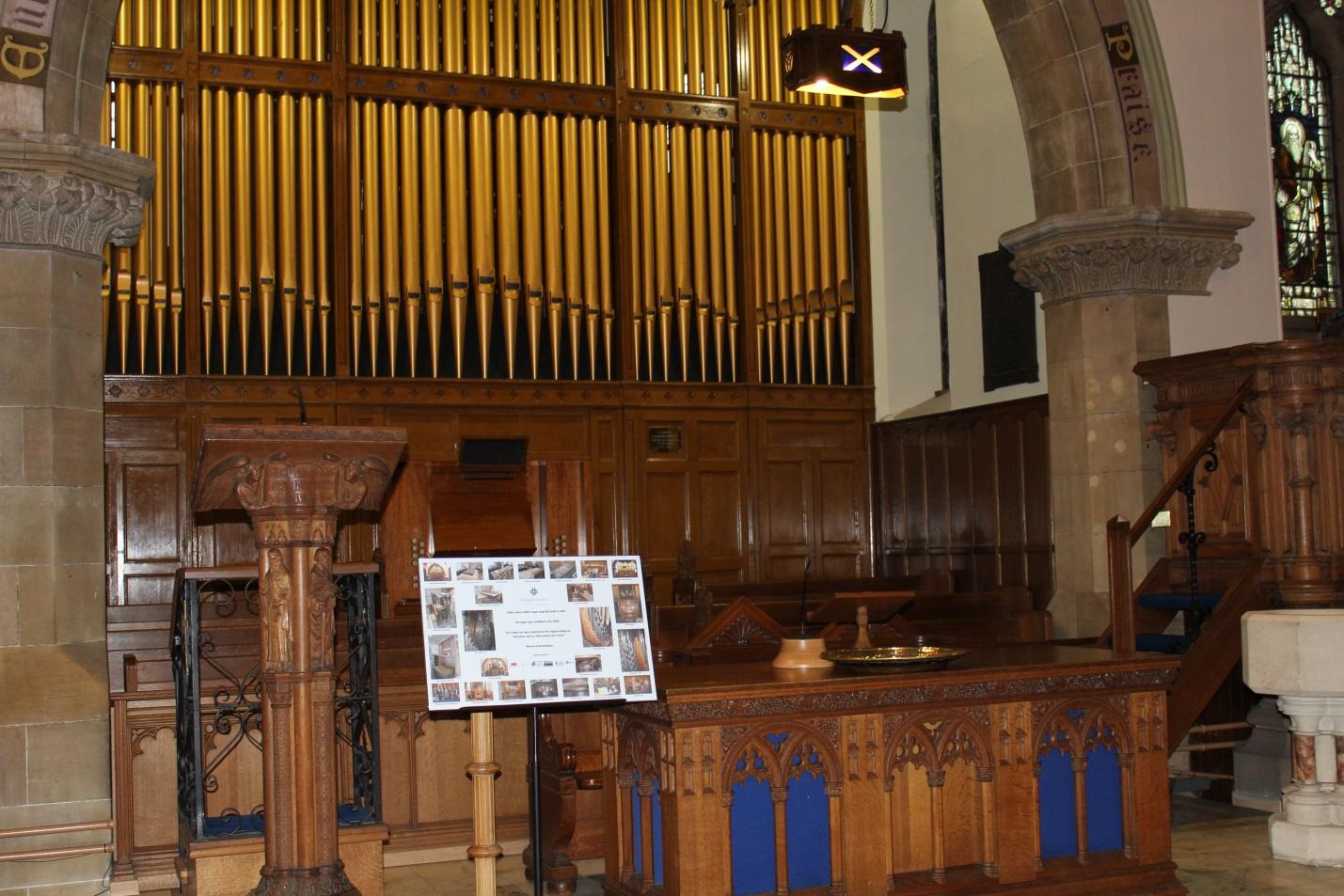
A special part of the church is set aside as a memorial area for the Queens own Cameron Highlanders.
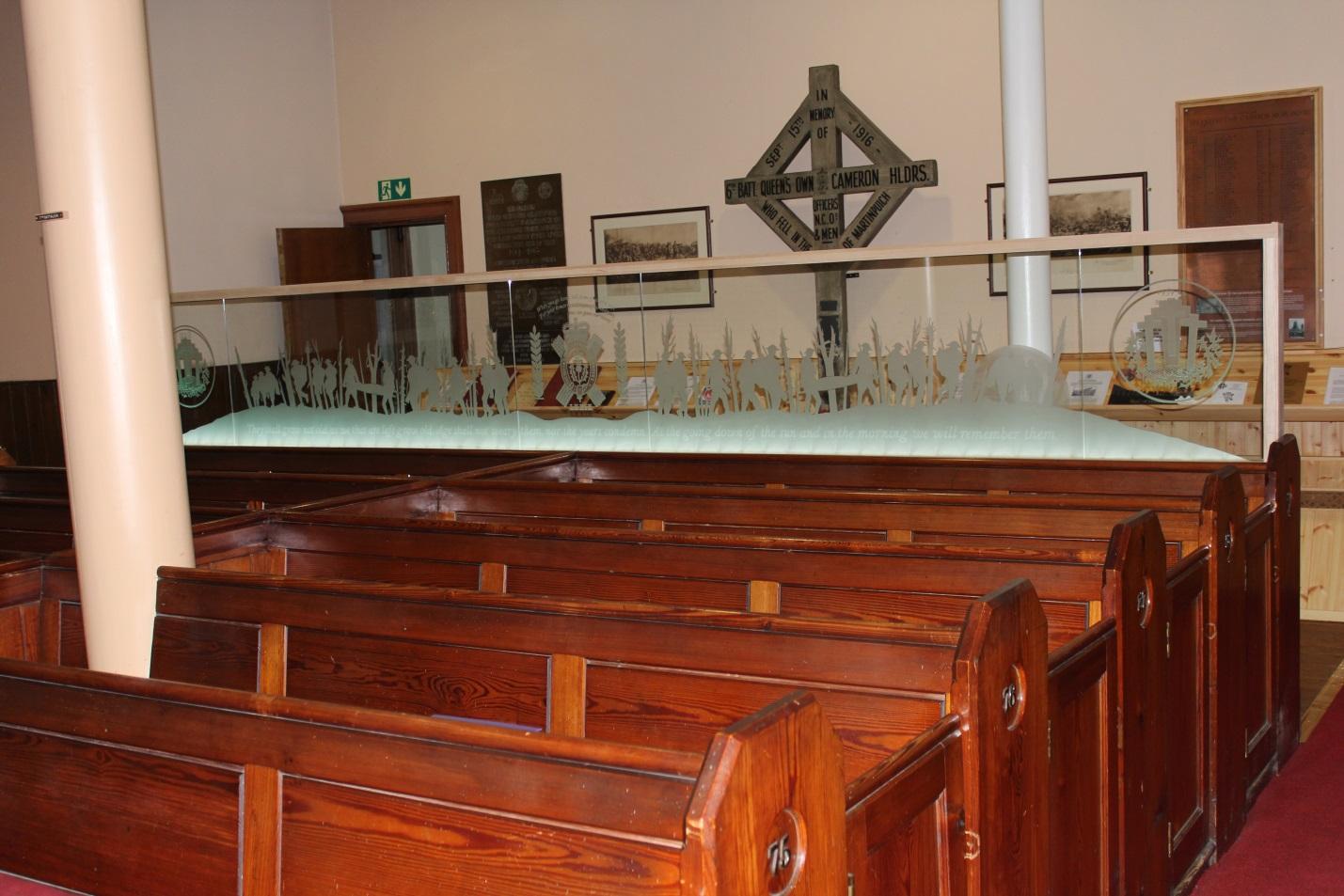
An etching indicates the section set aside for this purpose. On the etching over the regimental badge of the Queen’s Own Cameron Highlanders appear the words:
“When you go home tell them of us and say
For your tomorrow, we gave our today”
Along the bottom edge are the words
“They shall not grow old as we that are left grow old. Age shall not weary them, nor the years condemn. At the going down of the sun and in the morning we will remember them.”
Behind it the Martinpuich Cross is visible. This cross was erected by members of the regiment outside the village of Martinpuich after the Battle of the Somme (1916). The names of the fallen members of the regiment were placed on the cross (although later one MIA was found alive and happily was able to remove his own name). After the war ended the cross was brought to the Old High Church.